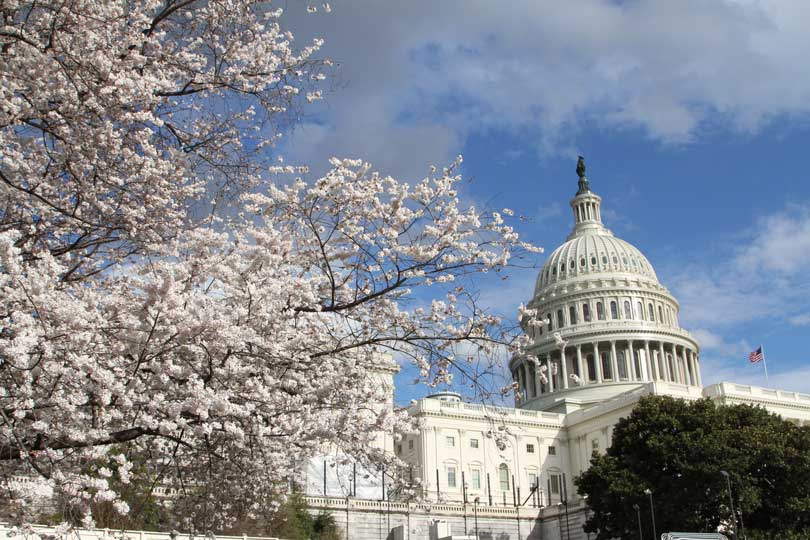By Jessica Domel
Multimedia Reporter
The farm bill is on its way to the White House for President Donald Trump’s consideration. The U.S. House of Representatives approved the five-year farm, nutrition and conservation legislation in a 369-47 vote Wednesday afternoon.
“Crafting a bill of this magnitude and importance isn’t an easy task. We truly appreciate the hundreds of hours the farm bill conference committee, ag committees and their staff put in to ensure the nation’s farmers and ranchers have the safety net they need to continue feeding and clothing the world,” Texas Farm Bureau (TFB) President Russell Boening said. “Without it, surviving Mother Nature’s hardships, tense trade relationships and low commodity prices would be very difficult, if not impossible, for many growers.”
Approval of the farm bill moved quickly after the farm bill conference committee released its conference report Monday evening.
The U.S. Senate passed the conference report in an 87-13 vote Tuesday afternoon.
“This legislation includes critical changes that allow farmers to have more control over the safety net that provides a helping hand—not a hand out—when times get tough. It doesn’t make farmers whole, but it can mean the difference between staying in business and having to leave agriculture altogether,” Boening, a Wilson County farmer, rancher and dairyman, said.
U.S. Congressman Mike Conaway, chair of the House Agriculture Committee, told the House of Representatives before the vote the farm bill is needed because commodity prices are depressed, there’s an increase in farm bankruptcies nationwide and, unfortunately, a rise in the number of suicides.
“Our farmers and ranchers are going through a very difficult recession right now. Net farm income is down 50 percent from where it stood just five years ago—the largest drop since the Great Depression. And farm bankruptcies are up by more than 30 percent. We have all seen the devastation of recent hurricanes and wildfires,” Conaway said.
The 2018 Farm Bill allows farmers to chose between the Agriculture Risk Coverage (ARC) and Price Loss Coverage (PLC) programs on a crop-by-crop and year-by-year basis with the exception of the first two years of the legislation. The 2019 decision will also be applied to 2020.
“The farm bill also funds conservation programs that allow landowners to protect some of our nation’s most precious natural resources and sensitive areas. Congress also included permanent funding for programs that promote farmers’ markets and train beginning and veteran farmers,” Boening said.
The legislation permanently funds programs that do the following: promote farmers markets, research challenges facing organic farmers, train young or beginning farmers and aids veteran or minority farmers.
The Conservation Stewardship Program is maintained through the bill.
“We strengthened key conservation initiatives, especially the Environmental Quality Incentives Program,” Conaway said. “These highly successful conservation initiatives serve as a prime example of how voluntary, incentive-based conservation beats burdensome, arbitrary and costly Washington regulations every time.”
The farm bill increases individual Farm Service Agency loan limits, which have not been updated in 16 years.
Agricultural research funding is also increased in the legislation.
“We provide Secretary (Sonny) Perdue with the tools he requested to effectively combat the opioid epidemic and also to expand high quality broadband service to all of rural America,” Conaway said. “We increase investment in new crop uses and in specialty crops, including fruits and vegetables. And we increase investment in the nation’s livestock sector by strengthening our nation’s animal disease prevention and management efforts, including the stockpiling of foot-and-mouth disease vaccine.”
It also allows for the production of industrial hemp, a versatile crop, nationwide.
The previous farm bill expired Sept. 30.

